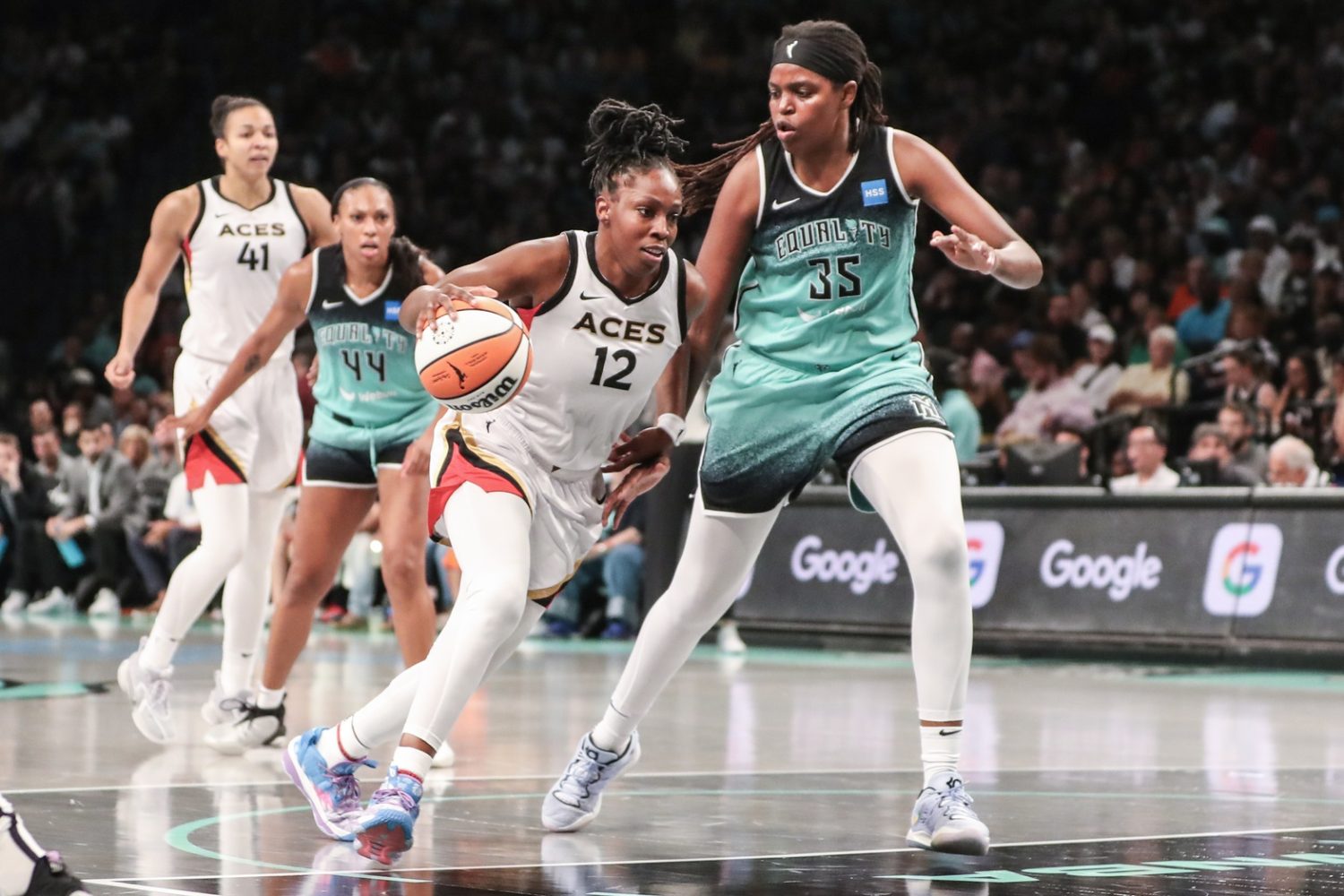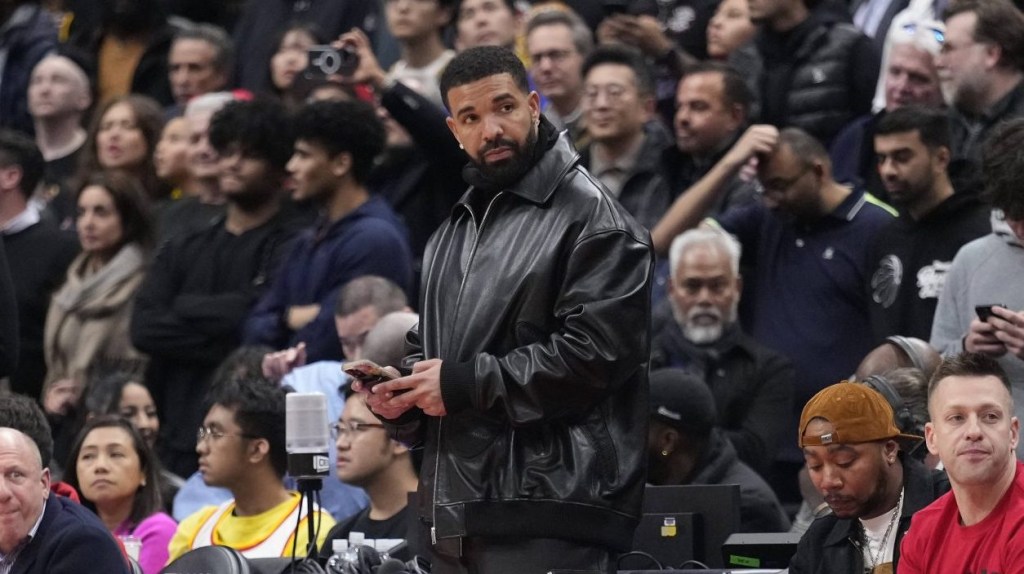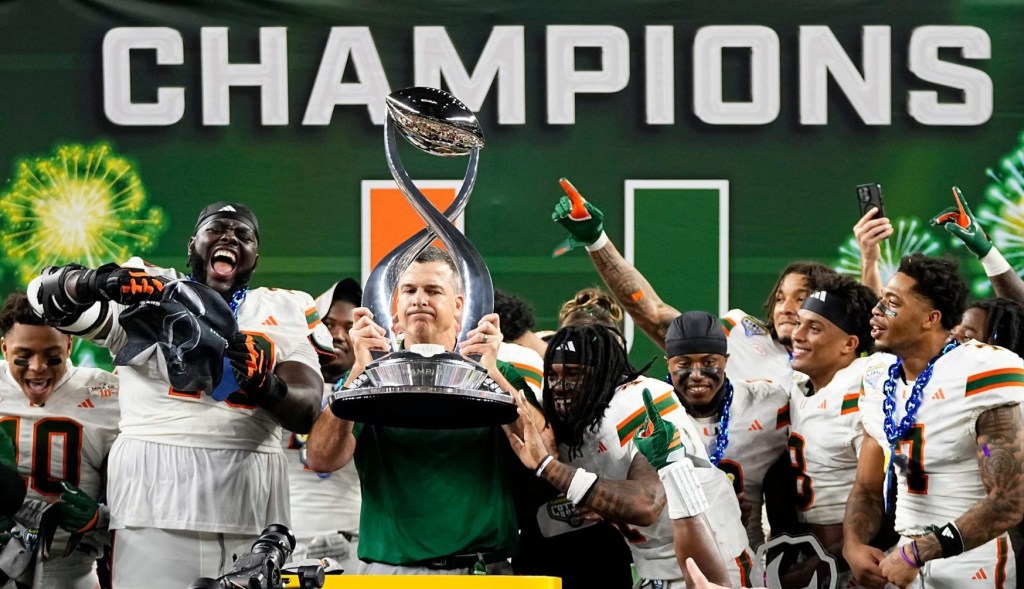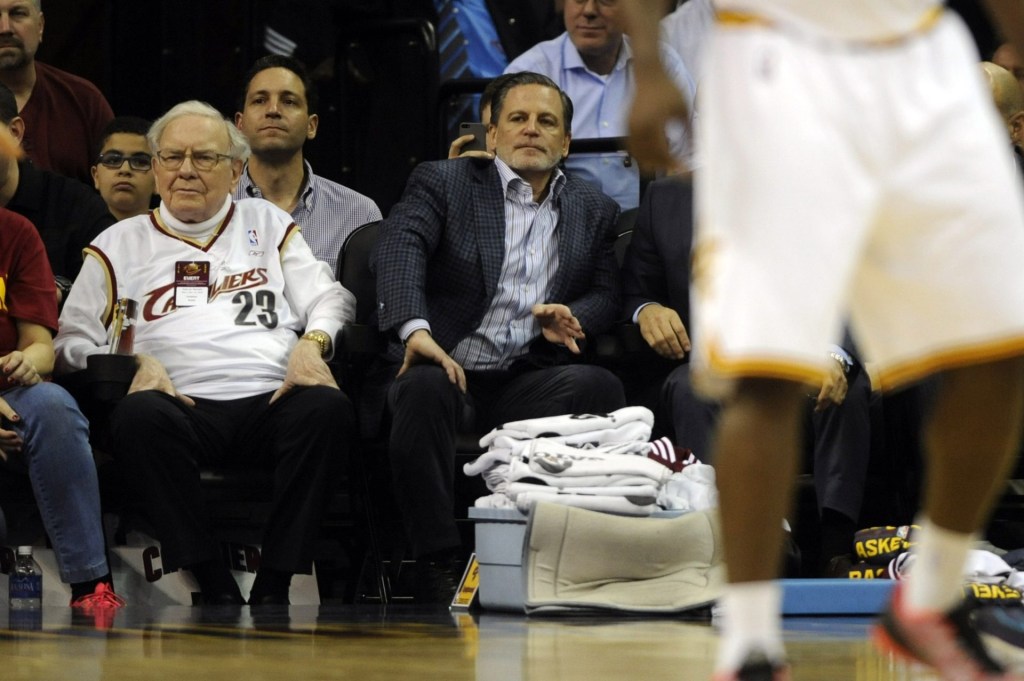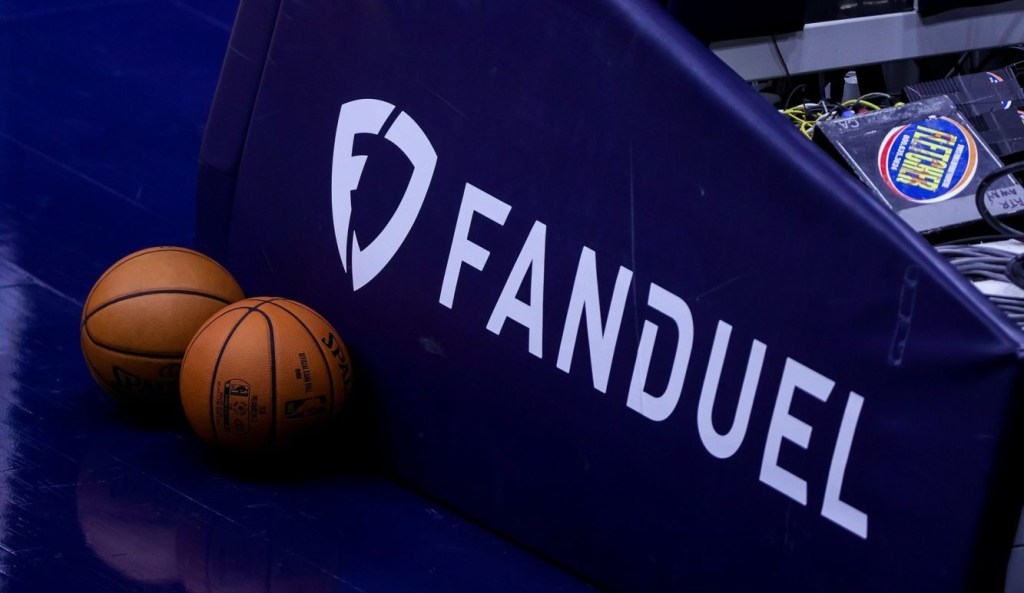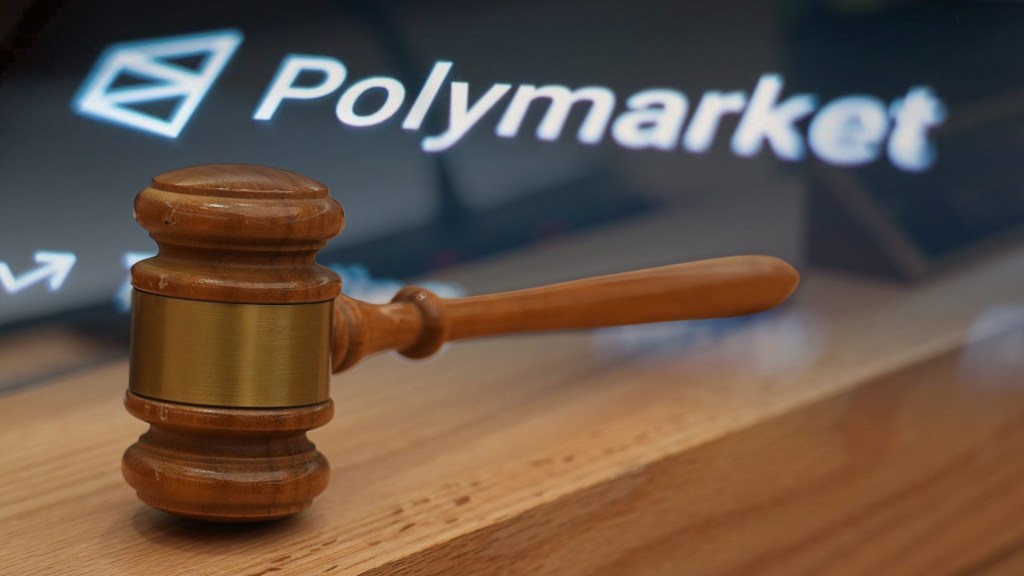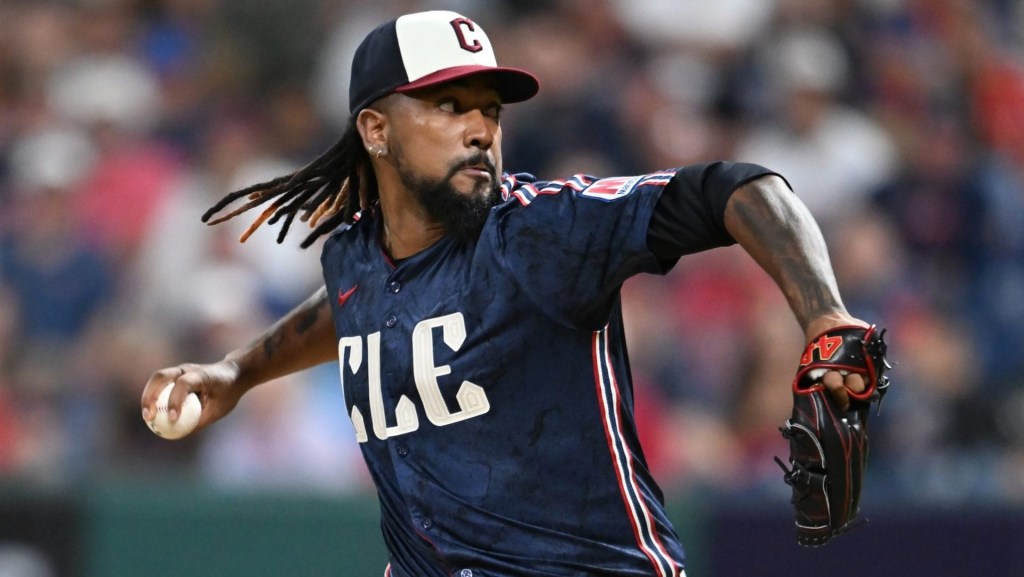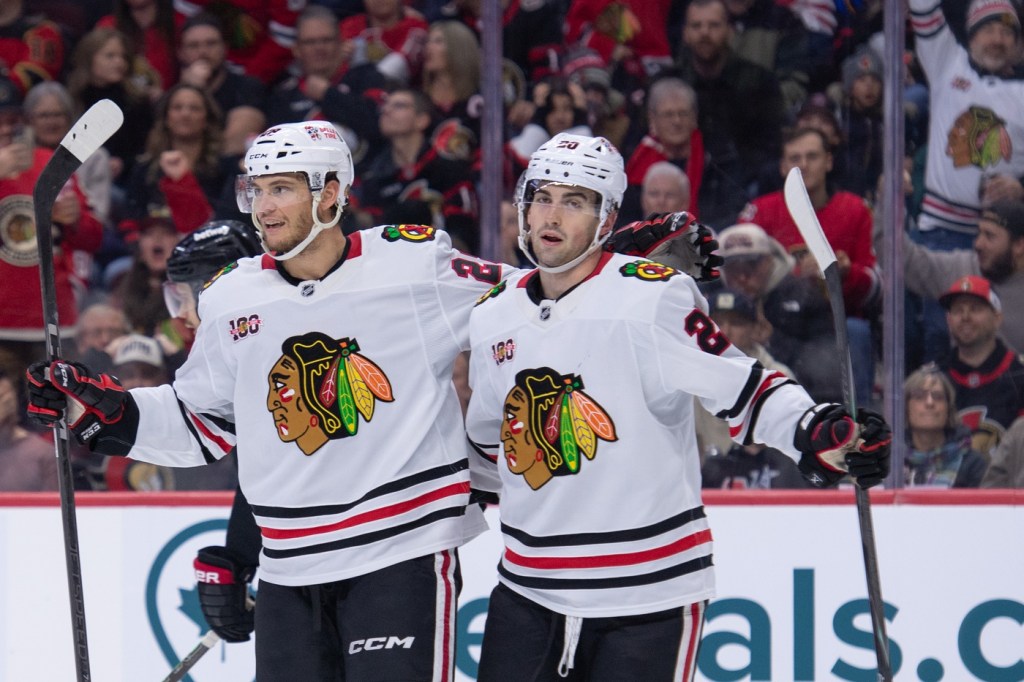The star-studded LSU-Iowa NCAA championship game in April drew 9.9 million viewers to become by far the most-watched women’s college basketball game ever. This summer’s Women’s World Cup has seen record attendance.
And the WNBA has continued its steady climb from recent years, seeing a 46% year-over-year viewership increase at the midway point this season — leading commissioner Cathy Engelbert to recently say the league is actively considering expansion.
The betting markets reflect this rising tide as well.
At FanDuel, 22 WNBA games have generated handles of $1 million or more this season; prior to this year, the sportsbook saw just seven of those games ever. Additionally, 69% of WNBA bets this season have been from WNBA betting rookies.
“We are getting a lot of first-time bettors, but we’re also getting a lot of seasoned bettors who have interest now in these leagues and these teams that they may not have in the past,” FanDuel’s VP of brand strategy Jennifer Matthews tells Front Office Sports. “Women’s sports are so much more ingrained in our culture now.”
“Sports betting and women’s sports are two of the biggest areas of growth in the sports industry, and we’re only scratching the surface for both in the U.S.,” WNBA chief growth officer Colie Edison tells FOS. “Betting and viewership [feed] each other.”
FanDuel’s counterpart in the duopoly of the sports betting world, DraftKings, has also seen increased action on the W, drawing 150% more bets in July 2023 versus July 2022.
It’s not entirely clear if betting drives viewership or vice versa — but it might not matter.
“To me it’s a very symbiotic relationship. It’s like chicken and the egg, I think it works both ways,” Action Network WNBA analyst Jim Turvey told FOS. “A lot of people are like, ‘Hey, I’m going to watch this game, let me put five bucks on it just to have something fun to watch.’ But I’m also very much on the other side of that where I’ll make a bet and I want to tune in and see how that turned out.
“It can have this positive spiraling upward effect of really increasing [interest], especially in some of these sports that maybe have been overlooked at times.”
Other women’s sports are gaining momentum, too.
Matthews says that the USWNT’s 1-1 draw with the Netherlands during the Women’s World Cup group stage was FanDuel’s most-bet-on game that day despite a full slate of MLB games. BetMGM reports that the U.S.’s opening game against Vietnam attracted three times the number of bets that Messi’s debut for Inter Miami did on the same day.
“There is an uptick in awareness for women’s sports, but also for respect for not only the sport, but the athletes themselves,” says Matthews. “People love to bet on stars.”
BetMGM has seen an over 40% increase in betting on women’s tennis, golf, and WNBA in the last year, per data provided by the company. By comparison, men’s leagues like MLB and the NHL experienced an 18% and 25% increase in bets, respectively.
“It’s actually a perfect case study in ‘If you build it, they will come,’” says Turvey. “I’ve been betting on the WNBA for years now and this is by far the biggest slate of offerings that they’ve given to us.”
Ultimately, the best explanation could be the superstar factor.
“When you have a huge sporting event, there’s definitely a more significant appetite to be a little bit more invested — that’s where the betting comes in,” Her Hoop Stats analyst Dano Mataya says. “It’s weird to say this, but I think Caitlin Clark probably changed women’s basketball betting in itself.”
DraftKings saw a 72% increase in handle year-over-year for the women’s college basketball tournament and had more than 40,000 customers sign up for its women’s tournament bracket.
FanDuel says it saw a 100% year-over-year increase in handle for the NCAA women’s national championship game, which featured LSU’s Angel Reese and Flau’jae Johnson — as well as Clark.
“With the growing popularity of women’s sports, it’s no surprise that there has been an uptick in betting on women’s sports,” the NCAA said in a statement to FOS. “The NCAA continues to work with industry leaders, mental health experts, law enforcement and regulators, actively monitoring, researching and analyzing this landscape to devise effective ways to protect student-athlete well-being and minimize gambling harm.”
